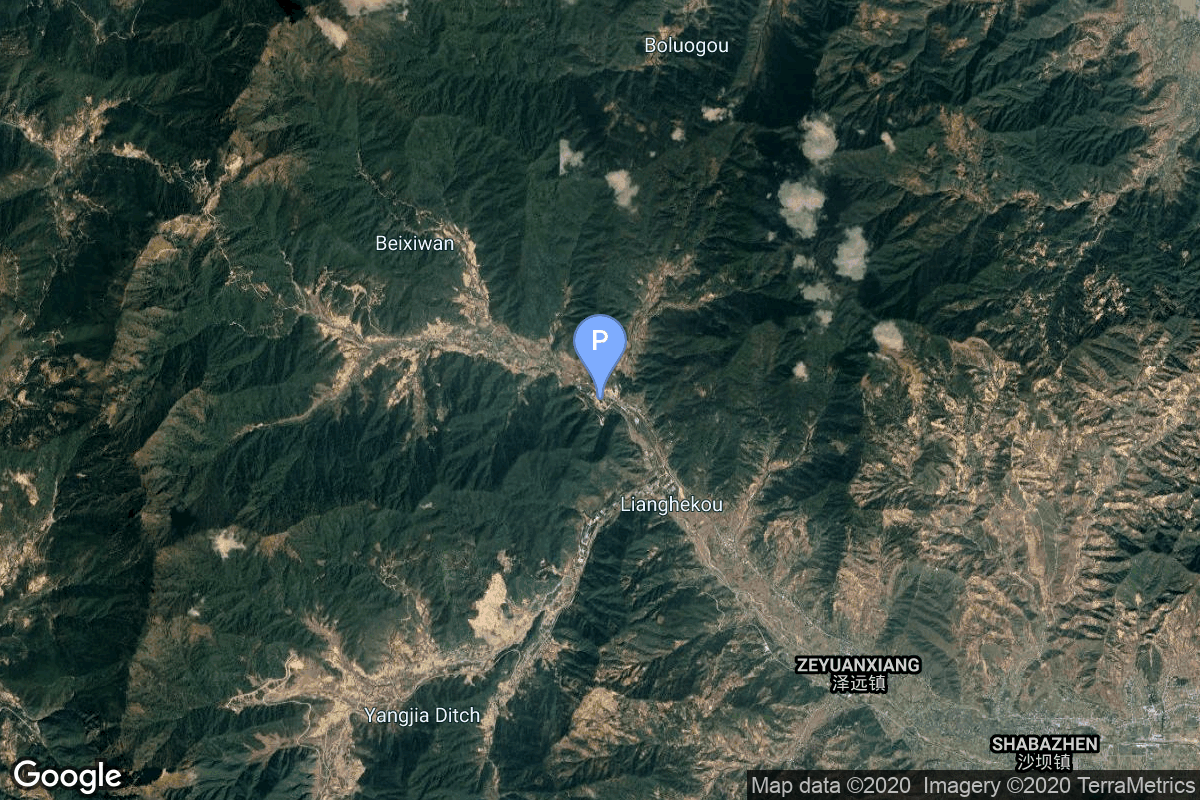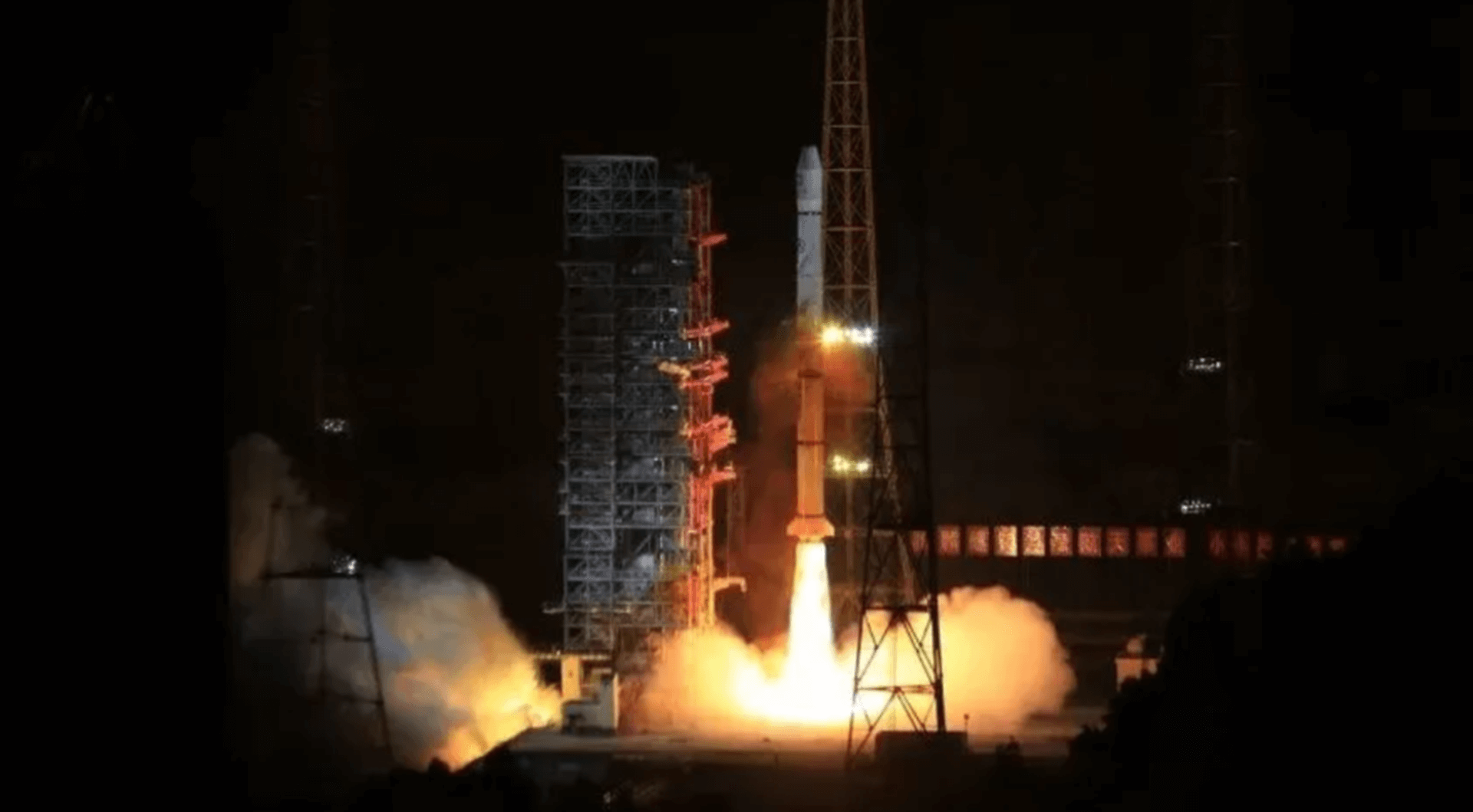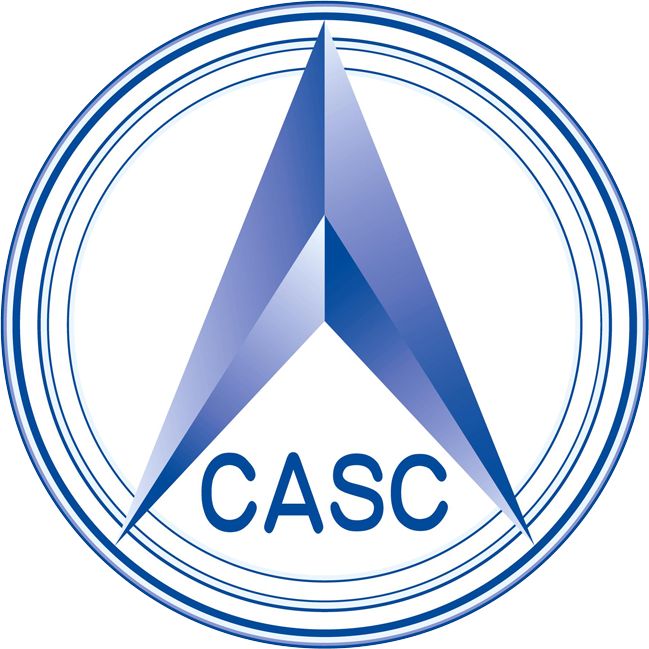Beidou Daohang Shiyan Wei. 2
Long March 3A
China Aerospace Science and Technology Corporation
Mission
Beidou Daohang Shiyan Wei. 2
- Type: Navigation
- Orbit: Geostationary Orbit
The BD 1 (Beidou 1) satellites were the 1st phase of the chinese Beidou (Compass) satellite navigation system. The first phase uses only geostationary satellites, in contrast to GPS and GLONASS. This reduces the number of satellites, but limits the coverage to a less than hemispherical area. The basic constellation requires 3 satellites. The satellites are based on the DFH-3 Bus.
Location
Launch Complex 2 (LC-2)
Xichang Satellite Launch Center, People’s Republic of China
Launch Complex 2 (LC-2) has witnessed the launch of 108 rockets, including 108 orbital launch attempts, while Xichang Satellite Launch Center, People’s Republic of China, has been the site for 202 rocket launches.
Rocket
Agency
China Aerospace Science and Technology Corporation
The China Aerospace Science and Technology Corporation (CASC) is the main contractor for the Chinese space program. It is state-owned and has a number of subordinate entities which design, develop and manufacture a range of spacecraft, launch vehicles, strategic and tactical missile systems, and ground equipment. It was officially established in July 1999 as part of a Chinese government reform drive, having previously been one part of the former China Aerospace Corporation. Various incarnations of the program date back to 1956.


